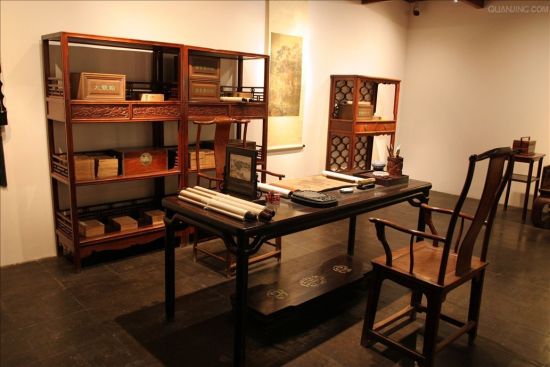When consumers come to the furniture store, they often feel confused about some of the "nouns" that come out of the salesperson's mouth. In fact, these "words" are the terminology of mahogany furniture. Recently, reporters approached the industry and listened to them explaining these common "words" one by one. Remember them, when you buy mahogany furniture, you can also become a professional mahogany furniture purchase. Padding Traces of the surface of the old furniture due to long-term use, because of the permeation of perspiration and the constant touch of the palm, the wooden surface will have a warm luster. Full It is a term used in the hardwood furniture industry. It means that a piece of hardwood furniture is made of only one material, not other kinds of wood. That is to say, furniture made of the same material can be called "full" furniture. . However, “full†often means no material, and does not mean that no sapwood is needed. Therefore, when signing a contract, the merchant will usually indicate the sapwood (white skin) after “fullâ€. Leather shell Specifically refers to the original patent leather of old furniture. During the long-term use of furniture, the wood and lacquer surface are intimately contacted with the natural environment such as air and moisture, and are slowly weathered. The original lacquer surface produces a warm and jade-like patina, and the lacquer surface splits. Distressed Use old wood or old materials to make old-fashioned furniture, and make traces of use on new furniture. Drumming It refers to the leg of the furniture bulging from the waist, and then receding backwards, making a curved shape, and the foot is mostly for the hoisting horseshoe. Three bend legs The upper part of the leg column of the table furniture and the transition section of the lower section are dug into the shape of the bend, and the foot of the bent leg furniture is mostly turned into a hoof shape. Fallen Refers to the furniture drawers or rounded cabinets and other furniture drawers or the space under the door, because it is not easy to be found, can be used to store some of the more expensive items. Waist Refers to the waistline of the furniture surface that is inwardly contracted and has a length less than the face and the bar. The waist has a high waist and a low waist, and the waist line also has a straight waist and a snagging waist. Waist furniture is an important feature of Ming furniture. Mud It refers to the wooden frame or the lining support under the legs of the furniture, which can prevent the furniture legs from being rotted by the tide. This wooden frame or slab is the mud. Tables and half-moon tables generally have mud. Shoulder Refers to the shackles used when the legs and legs of the waist furniture are combined with the waist and the teeth. From the shape, the cross section of this crucible is a half-shaped silver ingot-shaped pin, which is hung with the notch on the back of the open bar, so that the waist and the tooth bar are firm and stable. Chuck 榫 This is a kind of æ¦«å¯ structure commonly used in case-shaped furniture. The four legs are at the top and are close to the bottom of the case. The upper end of the leg and foot is open, and the teeth and the tooth are embedded, so that the appearance of the leg is higher than the tooth and the tooth. This structure enables the four legs to clamp the teeth and join them into a square frame, so that the angles of the face and the legs are not easily changed, so that the four feet are evenly distributed with the weight of the face. Shoulder 榫 It is also a kind of æ¦«å¯ structure commonly used in case furniture. Although the appearance is different from that of the chuck, the structure is similar in nature, and the top of the leg is out of the sputum, which is close to the mortise at the bottom of the case, and the upper part is also open, and the dent is embedded. However, the upper end of the upper leg of the leg is cut out of the oblique shoulder, and the intersection of the toothed bar and the leg is removed, so that when the tooth is folded with the leg, the oblique shoulder of the leg is clamped to form a flush surface. The advantage of this raft is that the shank is more closely engaged with the slanting shoulder of the leg after being pressed down by the weight. Luo Guoyu Also called bridge 枨. It is generally used for the crossbars connecting the leg columns under the furniture of tables and chairs. Because the middle is high arched, the two ends are low and named like a pot. Overlord The top of the tyrant is holding the top of the table and is fixed with a spike. The lower end is combined with the upper part of the leg. The hoe is inserted in the lower part of the lower eye, and then hung up together. The meaning of "Overlord" means that this structure is extremely strong and can support the whole piece of furniture. Squeezing wedge The wedge is a kind of wide-thickness, a narrow triangular piece of wood, which is inserted between the cymbals to make the two combined tightly. When the cymbal is combined, the size of the cymbal is smaller than the eye, and the gap between the two is It must be prepared by squeezing the wedge to make it strong. The squeezing wedge has the function of adjusting the position of the component. Spa Massage Bed,Massage Bed,Wooden Massage Bed,Massage Spa Bed Kimya Beauty Salon Manufacturer , https://www.jmkimya.com
Classical mahogany furniture terminology